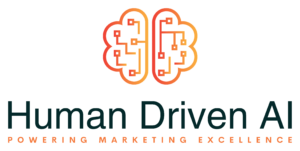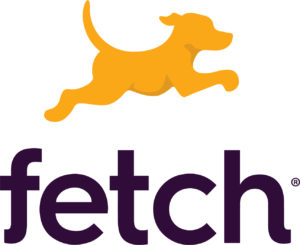Why marketers rely on their IT teams too much
Clark Richey
FactGem

- Part 1 Why marketers rely on their IT teams too much
- Part 2A marketers guide to becoming technically independent — Clark Richey // FactGem
Show Notes
Quotes
-
“No-Code is not totally new. People, for a long time, has been looking for ways to build faster applications. This is the what you see is what you get tools we were giving people who build websites and things to drag and drop. This was really the origin of this ‘no-code’ solution.” -Clark“The big difference now and the progression is you can have tools that are not focused on engineers and just allowing them to build things faster but can be focused on people who don’t have an engineering background.” -Clark“This is what we are really interested in. Empowering non-technologists to use advanced technology through a no-code solution to get to business solutions quickly.” -Clark“Your comparison of machine learning with artificial intelligence is on point. It is very much like that. It’s taking those concepts out of the realm of the design where they fit naturally and apply it to more complex business concepts.” -Clark“At FactGem we are more focused on things like ‘how do you get from all different sources, connect it in a way that the business actually reasons about the data and then make it accessible to drive those analytics and eventually those visualizations and do so in a no-code way.” -Clark“This is where we start. Essentially letting you draw that model visually.” -Clark“So often, intoday’s modern IT environment business leaders will draw that picture and express it but then we are forced by our tools to change that dramatically to fit the technology. Now what happens is the way business leaders and analysts reason about their data doesn’t actually match with the data that gets stored.” -Clark“This leads to friction within the business and causes questions that analysts believe to answer become not easy to answer. The answers you get don’t always represent the reality you think you’re looking at.” -Clark“Much as we like them to be, not all people that we market to become our customers and yet it is really important for us to understand, how does our marketing affect our customers.” -Clark“Everyone’s marketing database is different and everyone’s customer database is even more different and yet you can take someone within the organization who knows the business and they can say, ‘oh yes I can look at these two sources and I could draw a line between them and I could explain to you that this customer here is the same person since marketing database.’ This is a great case where we help people do that without code, give you that single space where you can do that analysis.” -Clark“The biggest challenge that I have seen is getting both sides together. You have to make sure that the IT team understands that ‘we are not doing this because you’re not doing your job well’ but we’re trying to offload some of the work you are doing to do in a positive way. It is still a team effort.” -Clark“The idea is you are creating operational efficiency for the engineering team. By helping build out the infrastructure they can move out to more strategic engineering problems.” -Clark
- Part 1 Why marketers rely on their IT teams too much
- Part 2A marketers guide to becoming technically independent — Clark Richey // FactGem
Clark Richey
FactGem

Up Next:
-
Part 1Why marketers rely on their IT teams too much
Today we're going to talk about the no code trend in marketing. Joining us is Clark Richey, the Chief Technology Officer at Factgem, which helps organizations develop a deeper understanding of their key business drivers and their associated relationships to power. In part 1 of our conversation, Clark is going to walk us through his views on why marketers rely on their ITteams too much.
-
Part 2A marketers guide to becoming technically independent — Clark Richey // FactGem
Today we're going to talk about the no code trend in marketing. Joining us is Clark Richey, the Chief Technology Officer at Factgem, which helps organizations develop a deeper understanding of their key business drivers and their associated relationships to power. In part 2 of our conversation, Clark is going to walk us through his guide to becoming technically independent.
Play Podcast










